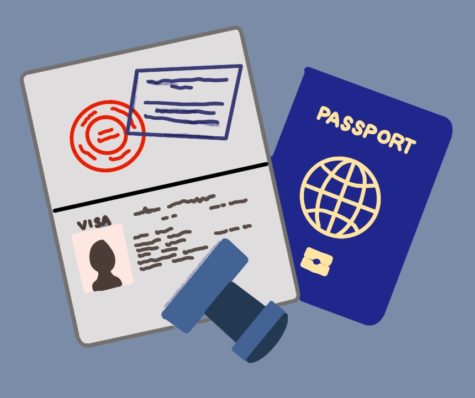Lifetime wait for Indian green card

There are currently over a million people from India who are stuck in an employment-based green card backlog. This backlog has created an eight-decade wait period that is projected to outlast the lifetimes of almost 200,000 applicants. Only half of the original Indian applicants are expected to receive an actual green card.
A green card allows immigrants to permanently live and work in the United States. Usually, it takes between six months to two years to get an EB green card. However, only 140,000 employment-based green cards are issued each year. From those 140,000, each country is allowed 7% of the green cards issued, but if the number of applicants exceeds the 7% available, the rest of the applicants are pushed onto the next year’s 7%. This leads to the green card backlog which only gets worse every year given that twice as many EB green card applications are submitted each year than there are green cards available.
For India, a country that makes up 75% of the overall EB backlog, immigrants in the queue face the challenge of continuously renewing their work visas, regularly resulting in excessive paperwork and uncertainty. Since these work visas are sponsored by an individual’s workplace, extended wait periods and copious paperwork for green cards make it difficult to get a new job or even a promotion.
Families of those with work visas come to the U.S. as dependents. Dependents include spouses and children. Like work visas, the dependent visa comes with its own challenges such as an inability to find employment, secure an income, receive federal education aid, qualify for scholarships or internships and take out student loans. This forces those with work visas to be the sole financial provider of their entire family.
The challenges for immigrant families do not end there. A person with a work visa who applies for a green card can add their dependents to their application as well, but in the case of their children, they can only remain as dependents as long as they are under the age of 21. Once the children are 21, they age out, meaning they must change their visa type in order to stay in the U.S. Despite having spent the majority of their childhood in the U.S., they run the risk of visa rejection, deportation and separation from their families and homes.
If the newly 21-year-old manages to get another visa approved, they must reapply for a green card only to find themselves all the way in the back of the line, therefore significantly increasing their wait time for their permanent residency status to be issued.
With immigration hot topics most often being about Deferred Action for Childhood Arrivals and undocumented immigrants, documented immigrants are, in a sense, forgotten. They simply coined the term, “forgotten dreamers,” They do not qualify for the benefits of DACA, California Law AB540, the California Dream Act or the American Dream and Promise Act.
No systematic immigration reform law has been passed since 1986, and the American system is in dire need of change. President Joe Biden has expressed that he will no longer put immigration reform on the backburner as the presidents before him did.
This year there have been several promising propositions for documented immigration reform. The U.S. Citizenship Act of 2021 makes the EB immigration process more effective. The CHILDREN Act allows for the forgotten dreamers to have jobs and also eliminates the aging out phenomenon. The EAGLE Act would eliminate the 7% per country caps on green cards. Most recently, a new U.S. House of Representatives bill was proposed where, for a certain fee, an individual in the green card backlog can skip the wait and receive their green cards with the next issuing period.
In a country built on immigration, the need for immigration reform is ironic yet very necessary. It is critical to keep lawmakers accountable and to ensure the topic of immigration does not fall onto the back burner again.
Your donation will support the student journalists of Tulane University. Your contribution will allow us to purchase equipment and cover our annual website hosting costs.



Kris • Sep 20, 2021 at 5:50 am
People from India have their lives on hold waiting for green cards. I make 300k per annum, pay taxes, and have been waiting for 6 years now. I may have to wait another 20 years before I have any hope of receiving a green card. On the other hand, someone working even as a pizza delivery guy from literally any other country can get their green card in under 2 years. This applies to any person from India be it IT, medical doctors, PhDs etc.
Courtney • Nov 10, 2021 at 9:30 pm
No one owes you a visa
Diwan • Dec 16, 2021 at 6:52 pm
agreed, but the process is broken. Shouldn’t it be merit based and the contributions made to the American economy?
Priya • Mar 11, 2022 at 5:03 pm
Nobody promised you a citizenship when you came to this country. You came on an employment based temporary h1b visa. High earners like you or any other person in any job pays a percentage of their earnings as taxes for using the infrastructure here. If you don’t want to wait in line, you can go back to your country and earn equivalent of dollars 300k per annum there.
Ben Dover • Apr 25, 2022 at 10:40 am
Go to the southern US border, take a basic Spanish language course and get in line. You may have to wait 2 days or sneak in that night and you are here and no one is going to kick you out, that part of the Build Back Bettr plan….it will also help if you say you will always vote Democrat!!